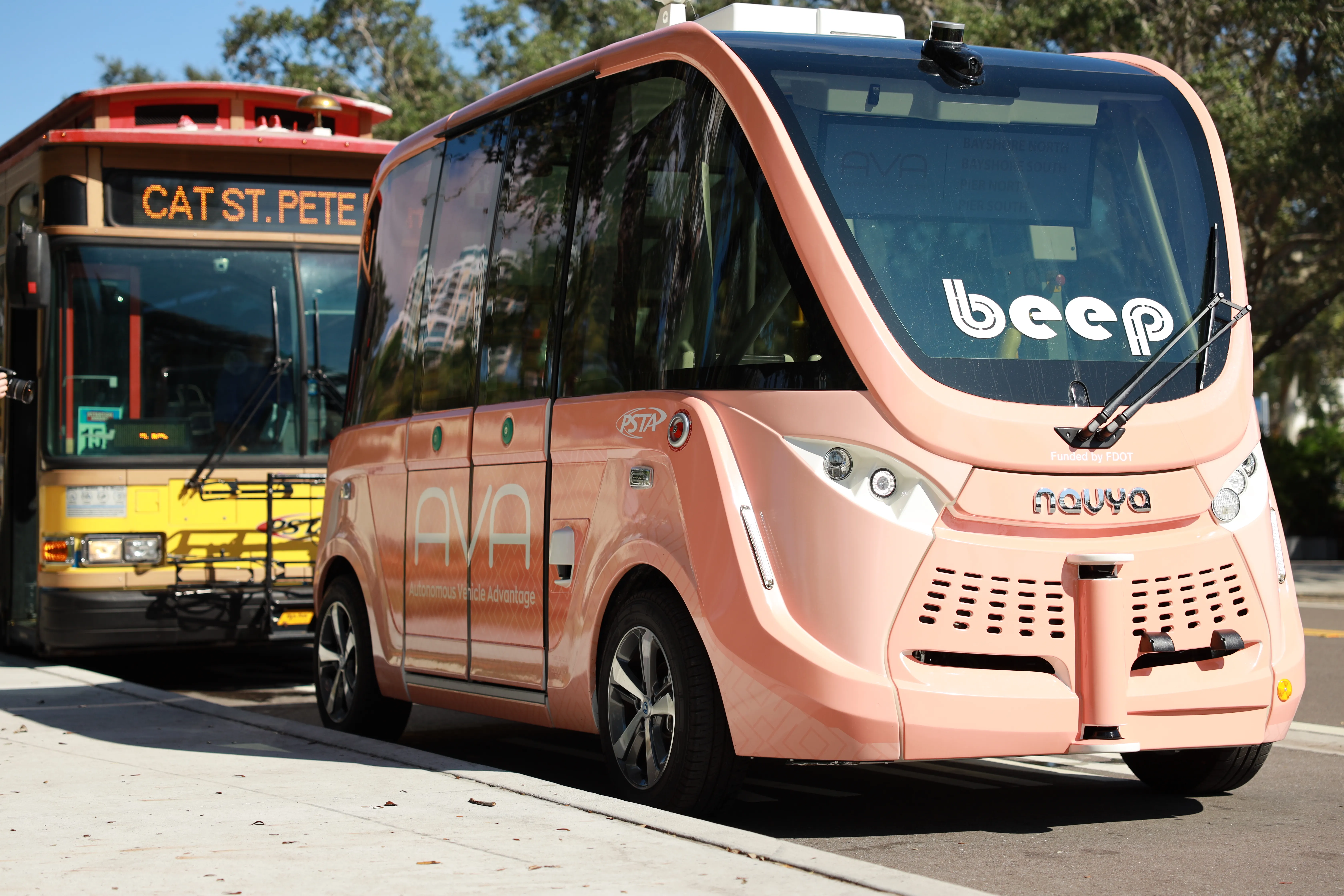US Transportation Secretary Anthony Foxx has revealed that New York City, Wyoming, and Tampa will receive up to US$42 million to pilot next-generation technology in infrastructure and in vehicles to share and communicate anonymous information with each other and their surroundings in real time, reducing congestion and greenhouse gas emissions and cutting the unimpaired vehicle crash rate by 80 per cent.
As part of the Department of Transportation (USDOT) national connected vehicle pilot deployment progra
September 15, 2015
Read time: 3 mins
US Transportation Secretary Anthony Foxx has revealed that New York City, Wyoming, and Tampa will receive up to US$42 million to pilot next-generation technology in infrastructure and in vehicles to share and communicate anonymous information with each other and their surroundings in real time, reducing congestion and greenhouse gas emissions and cutting the unimpaired vehicle crash rate by 80 per cent.
As part of the Department of Transportation (USDOT) national connected vehicle pilot deployment program, the locations were selected in a competitive process to go beyond traditional vehicle technologies to help drivers better use the roadways to get to work and appointments, relieve the stress caused by bottlenecks, and communicate with pedestrians on cell phones of approaching vehicles.
Making the announcement at the New York City Joint Management Traffic Center, Foxx said, “Today’s announcement is a big step forward for the future of how we move in this country, from our rural communities to our biggest cities. It has been a core mission of the Department to support promising new technologies, and through these types of smart investments we are opening the door to a safer and cleaner network and expanding how future generations travel.”
New York City will install vehicle to vehicle (V2V) technology in 10,000 city-owned vehicles; including cars, buses, and limousines that frequently travel in Midtown Manhattan, as well as vehicle to infrastructure (V2I) technology throughout Midtown. This includes upgrading traffic signals with V2I technology along avenues between 14th Street and 66th Street in Manhattan and throughout Brooklyn. Additionally, roadside units will be equipped with connected vehicle technology along the FDR Drive between 50th Street and 90th Street.
USDOT awarded US$17 million to solve peak rush hour congestion in downtown Tampa and to protect the city’s pedestrians by equipping their smartphones with the same connected technology being put into the vehicles. Tampa also committed to measuring the environmental benefits of using this technology.
In Wyoming, the focus is on the efficient and safe movement of freight through the I-80 east-west corridor, which is critical to commercial heavy-duty vehicles moving across the northern portion of our country. Approximately 11,000 to 16,000 vehicles travel this corridor every day, and by using V2V and V2I, Wyoming DOT will both collect information and disseminate it to vehicles not equipped with the new technologies.
Intelligent Transportation Society of America’s (ITS America) president and CEO Regina Hopper applauded initiative and said, “ITS America is thrilled to recognise New York City, Tampa, and Wyoming as the latest pioneers in the deployment of Intelligent Transportation Systems that promise to save thousands of lives on our nation’s roads and revolutionize mobility as we know it. These projects will be critical for advancing the adoption of vehicle-to-vehicle (V2V) and vehicle-to-infrastructure (V2I) communication and putting innovative technologies to work preventing vehicle and pedestrian fatalities, moving freight more efficiently, and reducing traffic congestion which is stifling our cities and communities.”
As part of the Department of Transportation (USDOT) national connected vehicle pilot deployment program, the locations were selected in a competitive process to go beyond traditional vehicle technologies to help drivers better use the roadways to get to work and appointments, relieve the stress caused by bottlenecks, and communicate with pedestrians on cell phones of approaching vehicles.
Making the announcement at the New York City Joint Management Traffic Center, Foxx said, “Today’s announcement is a big step forward for the future of how we move in this country, from our rural communities to our biggest cities. It has been a core mission of the Department to support promising new technologies, and through these types of smart investments we are opening the door to a safer and cleaner network and expanding how future generations travel.”
New York City will install vehicle to vehicle (V2V) technology in 10,000 city-owned vehicles; including cars, buses, and limousines that frequently travel in Midtown Manhattan, as well as vehicle to infrastructure (V2I) technology throughout Midtown. This includes upgrading traffic signals with V2I technology along avenues between 14th Street and 66th Street in Manhattan and throughout Brooklyn. Additionally, roadside units will be equipped with connected vehicle technology along the FDR Drive between 50th Street and 90th Street.
USDOT awarded US$17 million to solve peak rush hour congestion in downtown Tampa and to protect the city’s pedestrians by equipping their smartphones with the same connected technology being put into the vehicles. Tampa also committed to measuring the environmental benefits of using this technology.
In Wyoming, the focus is on the efficient and safe movement of freight through the I-80 east-west corridor, which is critical to commercial heavy-duty vehicles moving across the northern portion of our country. Approximately 11,000 to 16,000 vehicles travel this corridor every day, and by using V2V and V2I, Wyoming DOT will both collect information and disseminate it to vehicles not equipped with the new technologies.
Intelligent Transportation Society of America’s (ITS America) president and CEO Regina Hopper applauded initiative and said, “ITS America is thrilled to recognise New York City, Tampa, and Wyoming as the latest pioneers in the deployment of Intelligent Transportation Systems that promise to save thousands of lives on our nation’s roads and revolutionize mobility as we know it. These projects will be critical for advancing the adoption of vehicle-to-vehicle (V2V) and vehicle-to-infrastructure (V2I) communication and putting innovative technologies to work preventing vehicle and pedestrian fatalities, moving freight more efficiently, and reducing traffic congestion which is stifling our cities and communities.”








